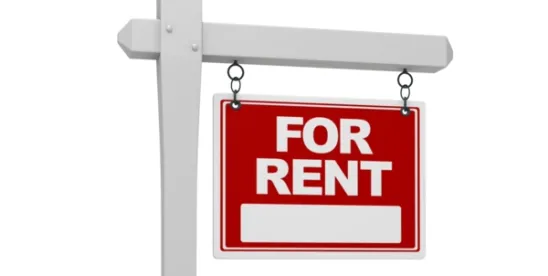After the Great Depression, federal policy pushed single-family homeownership as the gold standard of housing through Federal Housing Administration-insured mortgages. These mortgages made borrowing money to buy a house go viral with smaller down payments, longer repayment periods during which the original borrowed amount was paid down (not just interest), and fixed interest rates with built-in insurance that made lenders comfortable to adopt these financing innovations.
Besides this “tier 1” single-family homeownership, federal policy promoted only one other mode of housing—“tier 2” public rental housing. This second tier was intended to replace existing low-income housing that was deemed unsanitary and unsafe, mostly in cities. The combination of low-income (instead of mixed-income) renters, and restrictions on how much of a household's income a landlord could collect, meant that rents did not cover operating expenses. Even today, federal public rental housing remains inadequately capitalized at the mercy of federal appropriations.
Any other rental housing was at best invisible to federal policy, and at worst a consolation for falling short of the gold standard. Except at the time, generally affordable prices were taken for granted. What we call affordable housing today was then just called housing. Houses were 2X the national median income. After 1985, house prices exceeded 2.6X the national median income and never looked back, reaching 5.8X in 2023. In specific metro areas, NYC and Boston reached 7X, Miami reached 8.6X, LA reached 9X, and San Francisco reached 10.4X. To give those numbers context, the rule of thumb is that a household can afford a house that is 2.6X the household’s income.
From a buyer's perspective, is there much room for appreciation after buying at 10X? From a seller's perspective, does substantial appreciation depend on unloading wholly unaffordable housing? Imagine shrinking down payments and extending repayment periods in that world through 60-year mortgages assignable to our children with lender approval.
Apartments might already be socially accepted as more than transitional if not for the federal pedestalization of single-family homeownership. That could be changing. As Rachel Wolfe and Veronica Dagher wrote in their December 22, 2023, Wall Street Journal article titled The Rise of the Forever Renters:
“More rentals are advertising themselves as kid- and pet-friendly and permitting renters to make extensive modifications to their spaces. 'A lot of that growth is coming from renters who are married, who have a college education and in some ways fit the profile of what would have been first-time home buyers,’ says Whitney Airgood-Obrycki, a rental-housing researcher at Harvard’s Joint Center for Housing Studies who herself leases an apartment with her family.”
We already know not every household will be a homeownership household. The national homeownership rate peaked at 69% in 2004, and houses have been a luxury product since circa 1985. Is suppressed innovation in rental modes of housing the cost of remaining starry-eyed about the luxury gold standard?




 />i
/>i

